Creating Spaces for New Business Forms the 3km Urban-Rural Road in Baoshan Takes on a New Lease of Life
The 3-kilometer urban-rural road gathers modern agriculture and non-agricultural industries characterized by culture, sports and tourism. The integrated development of primary, secondary, and tertiary industries in agriculture is gaining momentum, and the business entities are praising the rise of new production and living spaces in this area; they are confident about business efficiency and personal career development. This is the exploration and practice in the area of Shitai Road, Luodian Town, Baoshan District, with the goal of creating new spaces for urban and rural production and living.
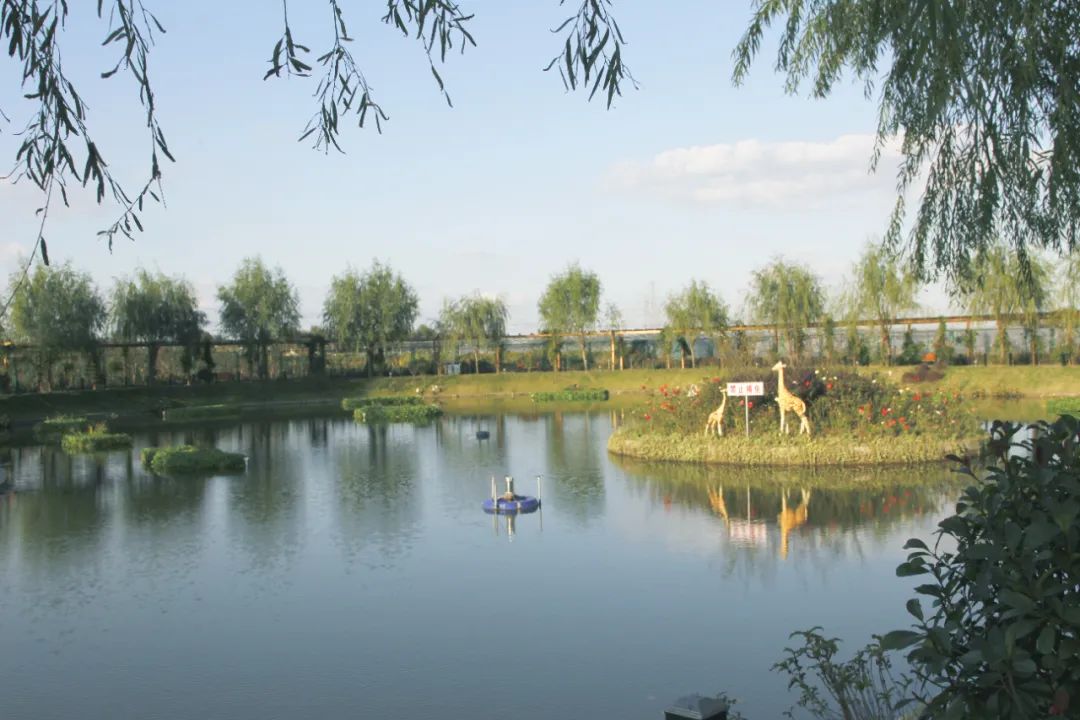
The mutual promotion and progress between the agricultural industry and the non-agricultural industries characterized by culture, sports and tourism are an important representation of the functional value of rural industries, ecology, and aesthetics. It is also a necessary path for many suburban areas. As a result, the villages in the metropolitan area have successively developed and blossomed in their own ways, leaving behind wonderful scenes of rural revitalization.
Transformation leads the light of rural values into reality
Along Shitai Road, Luodian Town, there is a short 3-kilometer road from Tianping Village Committee to Sifang Village Committee. From east to west, there are Tianping Village, the only rural revitalization demonstration village, and several non-reserved villages such as Jinxing Village and Sifang Village. On the south side of the road lies a typical industrialized and urbanized area. On the north side of the road, at its eastern end is a cluster area for the integrated development of primary, secondary, and tertiary industries in agriculture, with orderly distribution of rice paddies, plantations and aquaculture parks. Famous rural new business forms such as Shanghai’s Max-Light Karting Club, Happy Farm, and the city’s leading agricultural industrialization enterprise Shanghai Yongda Fungi Co., Ltd. are scattered in this area. At the western end is the established Luodian Leyuan Slow Life Cultural Village, in which there are cultural, sports and tourism business points such as Laoca Art Park.
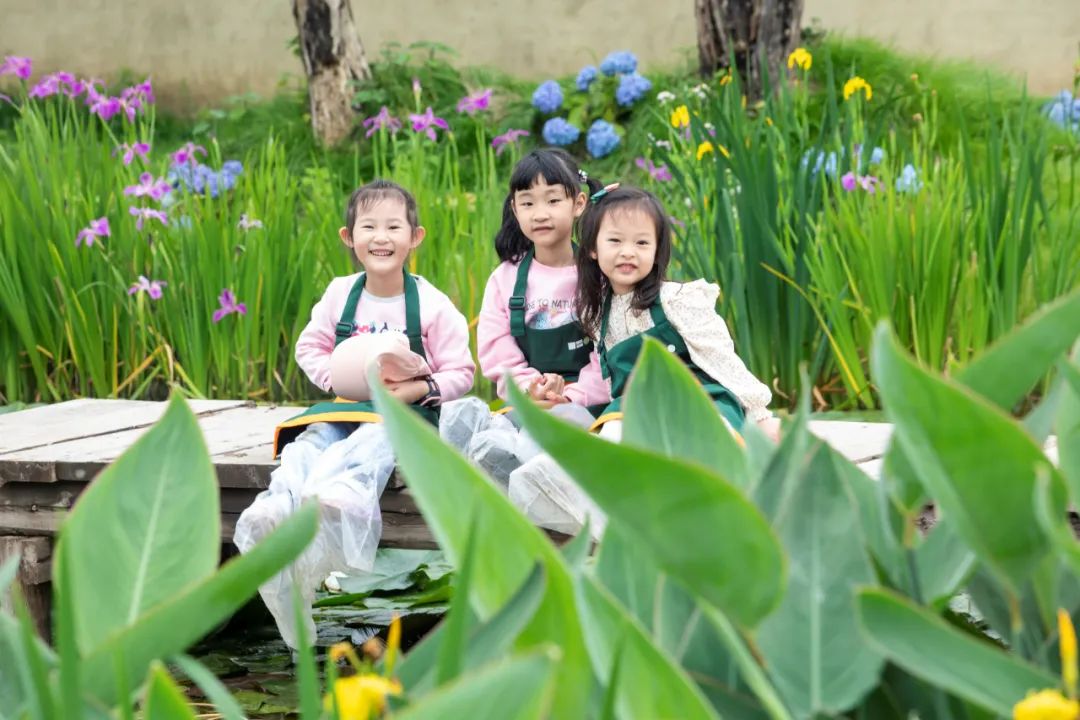
The primary, secondary, and tertiary industries in agriculture, and non-agricultural cultural, sports and tourism industries here not only connect into a line, but also build a new space for urban and rural production and living, attracting more business entities that advocate slow life and create new spaces for slow life. Especially in recent years, with the operation of Luodian Leyuan Slow Life Cultural Village, it has attracted many high-quality cultural, sports and tourism operation teams. Projects such as Unpowered Children’s Paradise, Cute Pet Paradise, and Medieval Aesthetic Photography Space have been successively implemented. Together with Old Paris Western Furniture and other business projects that have been launched since 2018 here, they have jointly added luster to Luodian Leyuan Slow Life Cultural Village.
“The reason why it can attract these high-quality business entities is not only due to the location advantages, ecological advantages and cultural advantages of Luodian Town bordering the city, as well as the demand for supporting rural service industries in regional industrial upgrading, but also mainly due to the development strategy of Baoshan District’s ‘northward transformation’ and the resulting rural revitalization concept of Baoshan Science and Technology Innovation Backyard. It is the concept and practice of transformative development that have brought the light of rural values into reality,” said the person in charge of the Baoshan District Agriculture and Rural Affairs Committee Office.
There is a resonance among new business entities.
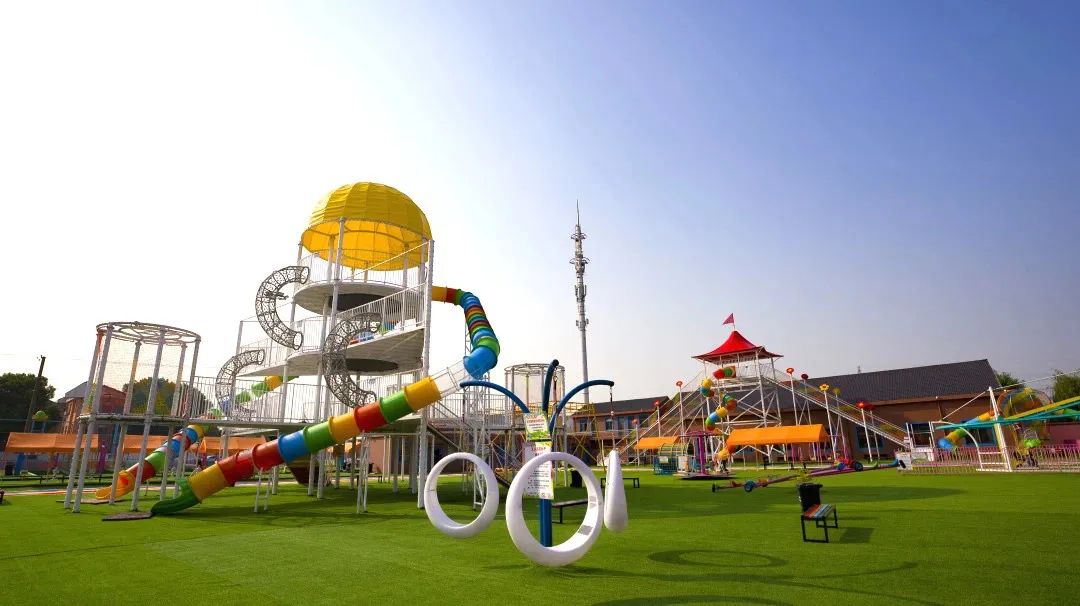
The Luodian Leyuan Slow Life Cultural Village project is constructed and operated by Shanghai Leye Group, whose core goal is to “help practitioners achieve success”. After accumulating successful experience in the renovation, upgrading, investment promotion and operation of more than 10 urban park projects, the group began the construction of the Luodian Leyuan Slow Life Cultural Village project in 2022, thus opening up a new business for the group to participate in Shanghai’s rural revitalization and finding its own new development focus. According to a responsible person from the group, at present, 70% of the investment promotion tasks of the project have been completed. The group believes that Baoshan District’s decision to implement rural revitalization around the Science and Technology Innovation Backyard will not change. Although facing various challenges, it still enjoys it.
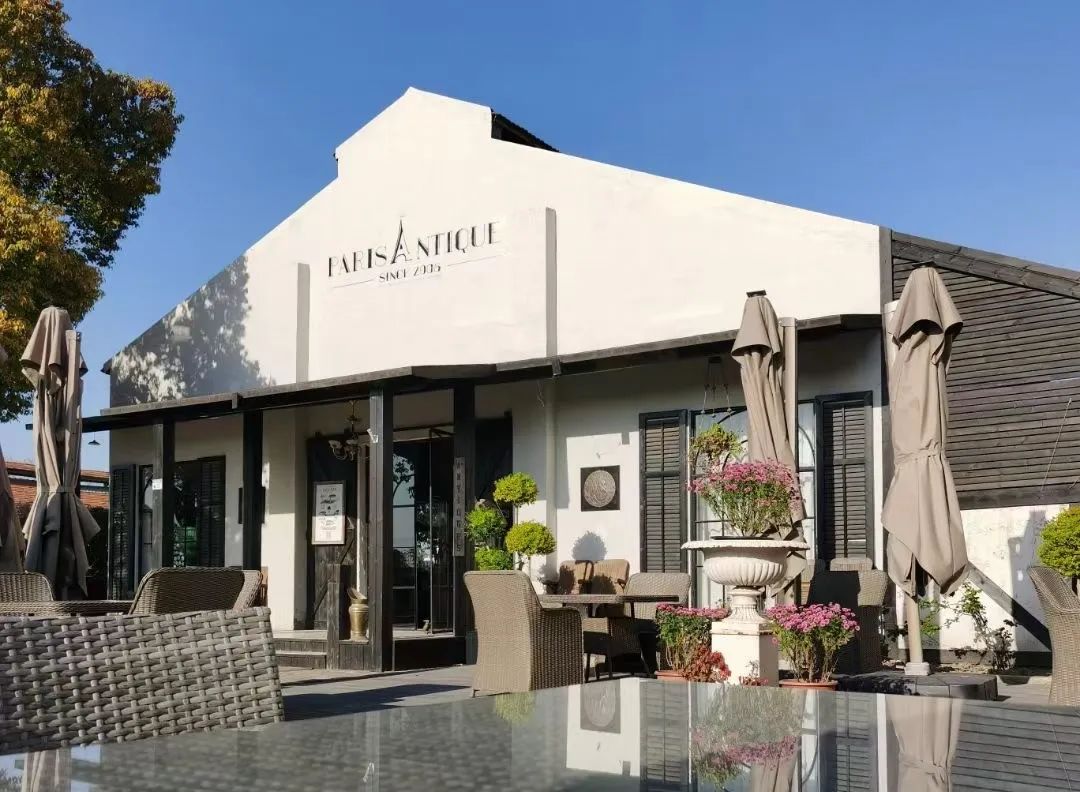
Wei Meiyang, founder of Old Paris Western Furniture, has a deeper understanding of transformation-led development. In the past six years, he has consistently examined Baoshan’s rural transformation from the perspective of the market and industry, and has actively participated in it. In 2018, Wei Meiyang seized the opportunity of agricultural industrial transformation in Baoshan District and successfully transformed the garden-style Western antique home furnishing exhibition hall. In the past two or three years, he has actively participated in the construction of Luodian Leyuan Slow Life Cultural Village, and was the first to seize the opportunity of constructing and operating the Laoca Art Park project. With advantages such as relatively complete regional infrastructure, overall style, and low initial investment costs for entrepreneurs, he has successfully introduced operation teams for the photography space, art curation space, and floral design space.
Fostering new business forms and jointly building new spaces for urban and rural production and living
The agglomeration of new forms of agricultural and non-agricultural industries along the 3-kilometer Shitai Road is a successful practice following unanimous agreement among various stakeholders in Luodian Town. However, individuals from different fields have an expanded perception that emphasizes the construction of new spaces for urban and rural production and living. Towns, villages and business entities jointly build new spaces for urban and rural production and living by cultivating new business forms, thus forming “slow countryside” and reshaping the contemporary image of Luodian Town together with “slow lake area”, “slow ancient town”, and “slow culture”.
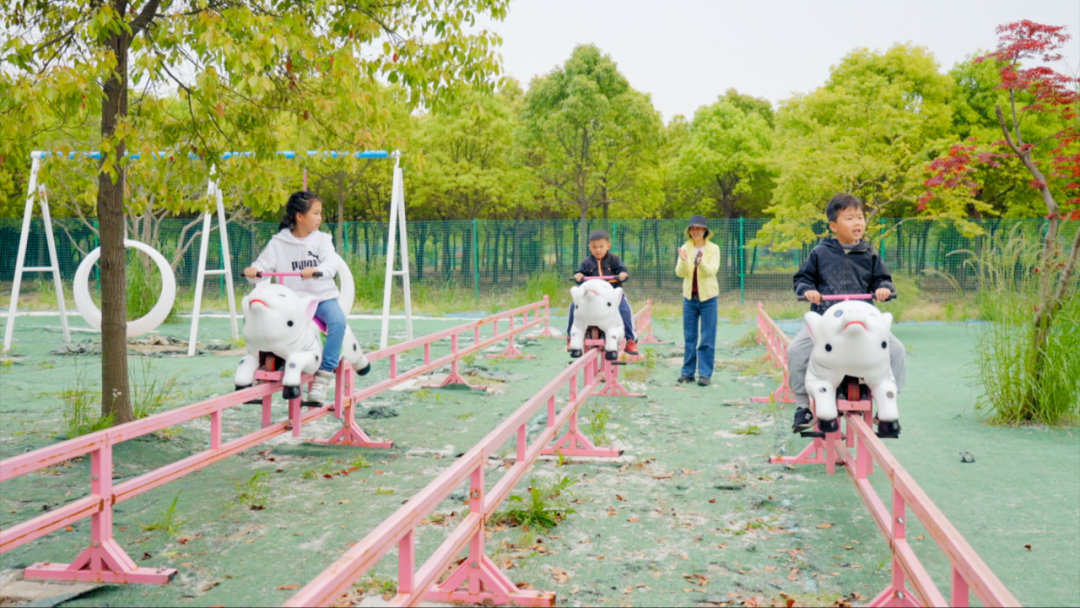
After sorting out, it is found that the introduced projects since 2022 have mainly focused on culture, sports and tourism, with Happy Farm as a supplement. Among the cultural, sports and tourism projects, there are professional kart clubs, unpowered children’s playgrounds, equestrian clubs, etc. Happy Farm mainly meets the needs of parent-child study tours, and provides various quality living spaces for consumers who advocate for a petty bourgeoisie lifestyle and love rural areas. In this brand-new production and living space, tourists can have a “one-stop” experience. Due to its uniqueness, the industrial agglomeration involves no disorderly competition from the very beginning, but rather mutual attraction and mutual benefits.
The secretary of the Sifang Village branch stated that the town and village were determined to eliminate the original low-efficiency non-green industries to make room for new business forms, but they were uncertain at the beginning. Now there have been major changes in the village, and the vitality of production and life can be seen everywhere. As a result, the confidence of cadres and the masses has greatly increased, and they continue to introduce cultural, sports and tourism projects, which have become the common expectation of traditional business entities and villagers.
The person in charge of the Rural Revitalization Office of Luodian Town is familiar with the industrial revitalization of various villages in the town, and when it comes to the new urban and rural production and living spaces along the 3-kilometer Shitai Road in recent years, he had many emotions.
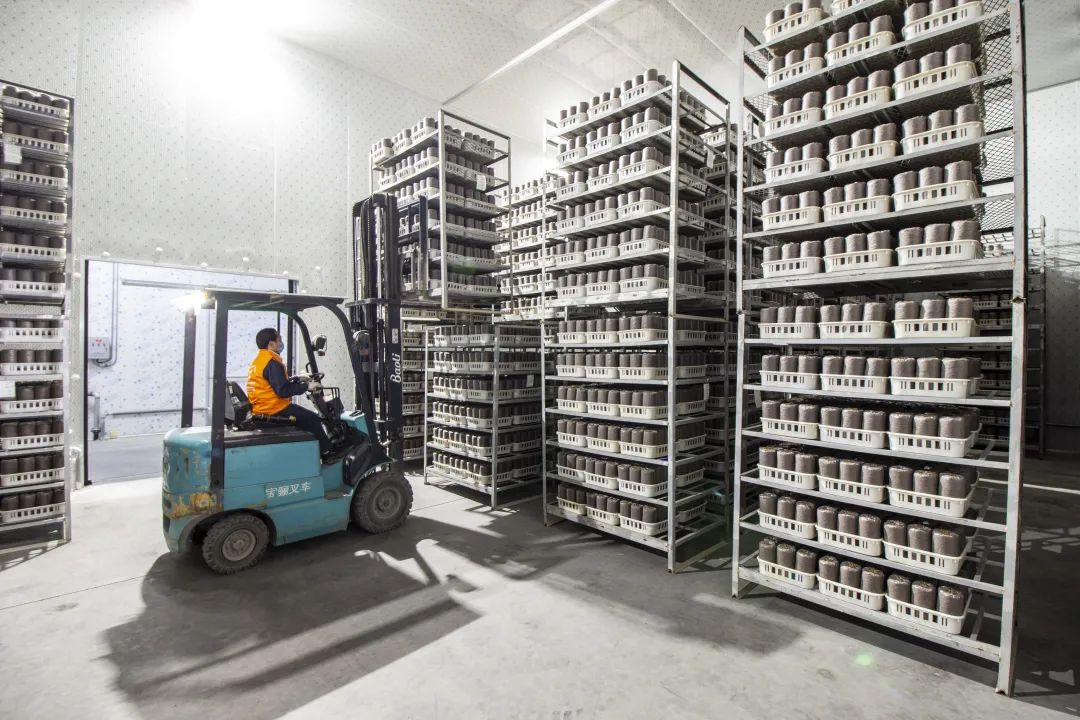
“By exploring new spaces for urban and rural production and living jointly built by agricultural industries and non-agricultural industries, the comprehensive revitalization of rural revitalization demonstration villages and non-reserved villages has achieved great success. Town and village officials have thus realized that how important it is to introduce and cultivate new business forms that are competitive and meet the requirements of quality living for rural revitalization in the urban-rural fringe area,” said the person in charge of the Rural Revitalization Office of Luodian Town.
Through interviews with members of Luodian Town and Village Committees and the public, it was learned that while completing agricultural and rural tasks with high quality, it is not difficult to build new spaces for urban and rural production and life by transferring the limited village collective construction land and agricultural land to the new business teams, guiding the business teams to carry out their business activities based on the regional socio-economic development positioning, and creating a shared and collective development environment for the business teams.
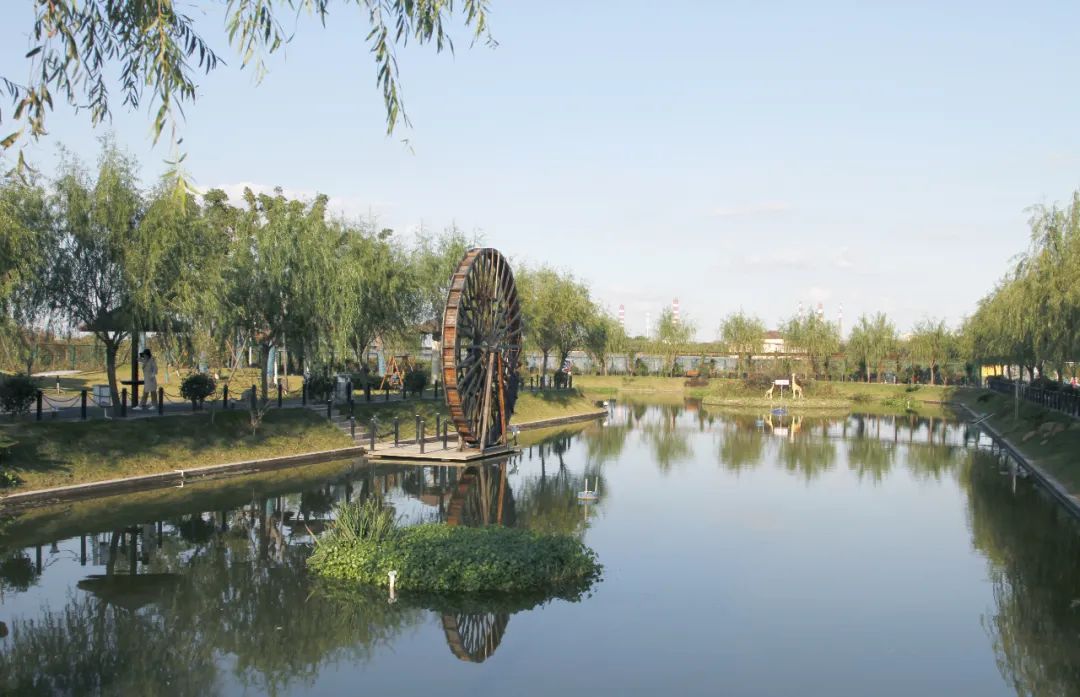
Enlightenment from thriving industries along the 3-kilometer urban-rural road
The principles of economics and practice tell us that industries are the endogenous driving force for the formation of population agglomeration in a region, which in turn gives rise to culture and continuously expands and updates development space. In the developed industrialized and urbanized areas, towns and villages are bound to redefine their positioning according to the city’s development strategy, and they are bound to face the realistic need of expanding and renewing the development space; therefore, industrial renewal is an unavoidable choice. The prosperity of industries along the 3-kilometer Shitai Road in Baoshan District provides several enlightenments, which are worthy of consideration and practice by workers in “agriculture, rural construction, and rural economic management” in the urban-rural fringe area.
Enlightenment 1: It is not enough to admit that limited agricultural resources are not enough to support the prosperity of rural industries. It is necessary to guide regional industrial revitalization practices with the strategic thinking of building new spaces for urban and rural production and living.
Many workers in “agriculture, rural construction, and rural economic management”, including Baoshan District, believe that the industrial revitalization of Tianping Village only benefits from an appropriate amount of construction land reserves, which has led to the introduction of operation teams such as kart clubs and the cultivation of corresponding new industries. In fact, if districts, towns, and villages do not actively introduce cultural, sports and tourism industries that meet market demand, it is entirely possible to miss out on the new cultural, sports and tourism industries. Without the strategic thinking of building new spaces for urban and rural production and living, as well as investment in infrastructure and environmental beautification along Shitai Road, it is highly unlikely to attract high-quality entrepreneurial teams, let alone guide business entities to jointly build new spaces for production and living.
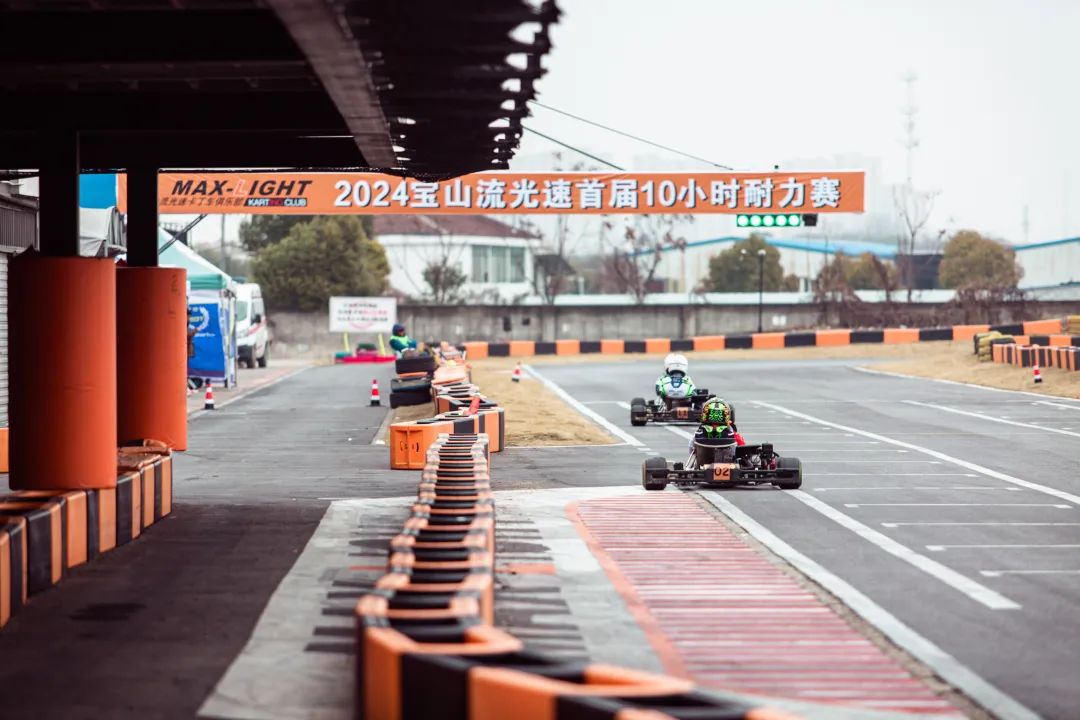
Enlightenment 2: The essence and connotation of introducing and cultivating new forms of rural cultural, sports and tourism industries is to meet the growing demand of urban and rural residents for cultural, sports and tourism experience, and specialization is the primary consideration for introducing teams.
During the period of rural revitalization, there are many cultural, sports and tourism entrepreneurial teams stationed in rural areas, but most of them are active and lack long-term stamina. The fundamental reason is that they are only good at utilizing the existing rural culture, ecology, aesthetics, and other values, and are not good at exploring and cultivating the value of new rural spaces. A typical feature of the thriving industries along Shitai Road is the introduction of professional teams, which view rural areas as a foundation for development rather than survival, thus unconsciously forming a differentiated industrial pattern and consolidating the human, financial and material foundations of new spaces for production and living.
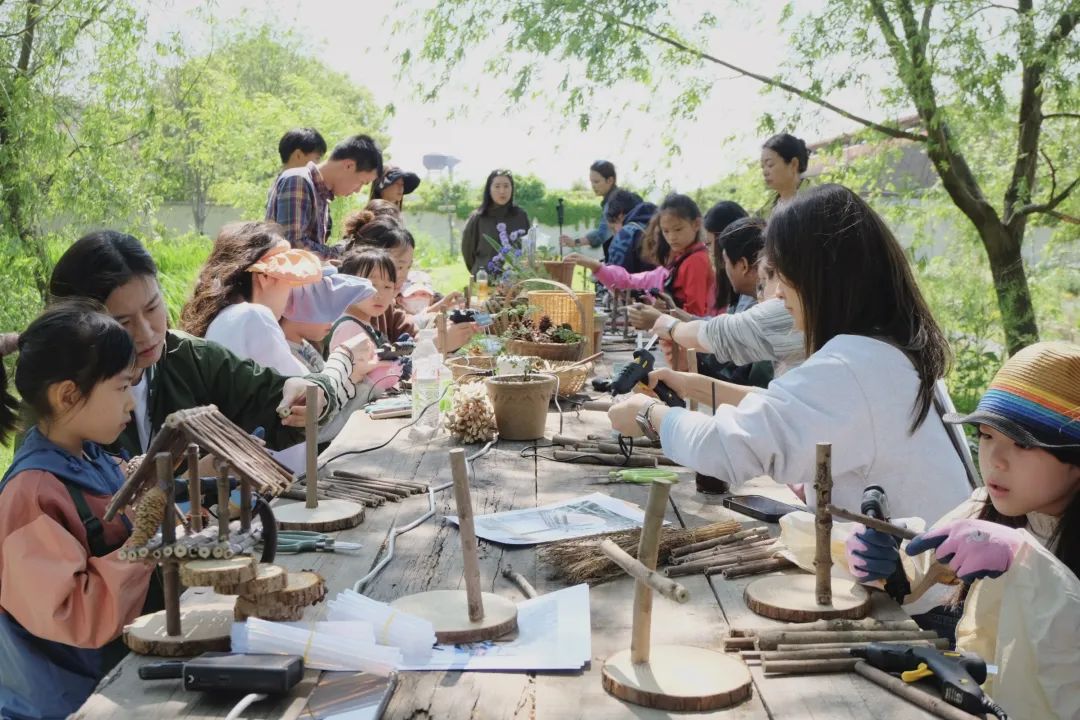
Enlightenment 3: Governments at all levels in urban-rural fringe areas should unswervingly guide the transformation of rural industries, and should unswervingly believe that by beautifying the urban and rural environments and improving the service quality, the high-quality operation teams will inevitably be attracted to build and share together.
The industries in urban-rural fringe areas are often dominated by low-end industry and commerce, while the agricultural industry embodies more value through shared ecology and aesthetics. Along the 3-kilometer Shitai Road, the transformative development strategy of creating spaces for new business forms has been resolutely implemented. By creating points, lines, and eventually spaces, brand-new production and living spaces have been obtained. This is due to the unswerving guidance provided by decision-making and management departments of districts, towns, and villages in promoting the transformation of rural industries, as well as regional planning construction efforts and improved service quality that have resulted in the creation of high-quality living and entrepreneurial spaces favored by high-quality operation teams.
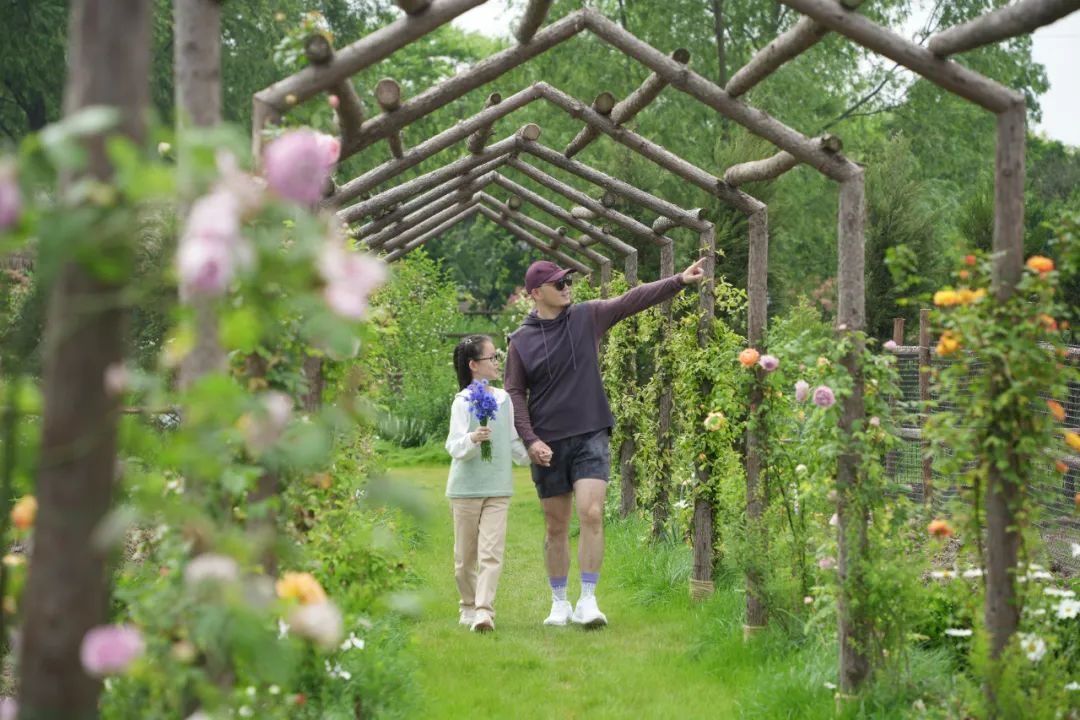

宝山汇APP

上海宝山微信

上海宝山微博